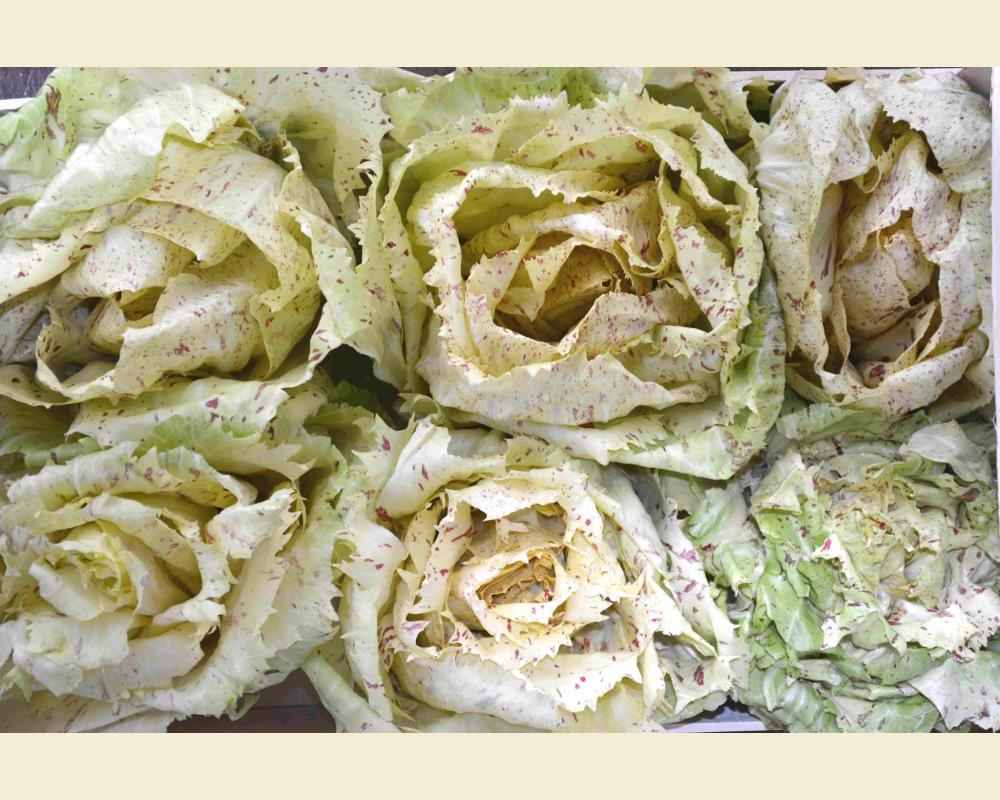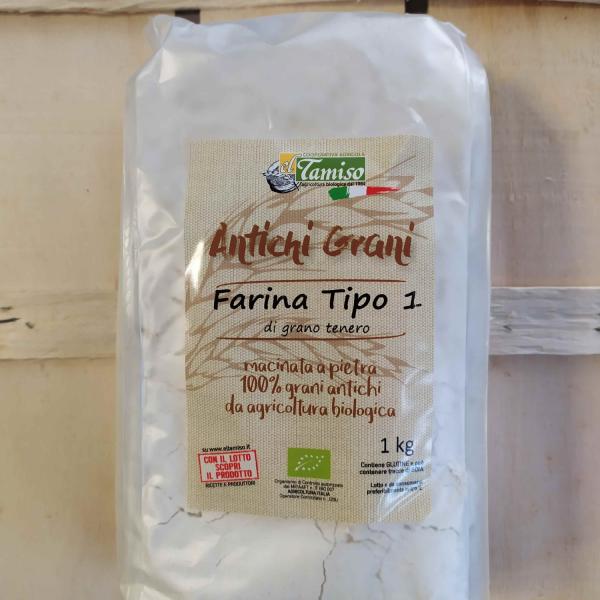
Derived from the cross, probably already in the 18th century, between Treviso red radicchio and endive escarole, due to its beauty and delicacy of taste, it is one of the most popular Venetian radicchi. It is widespread in the provinces of Padua, Treviso and Venice.
In particular, in the lower Padua area, in the absence of spring water — which, at a constant summer/winter temperature, favors the regrowing of the plant — the technique of bleaching and forcing is practiced in the middle of winter, creating suitable conditions of temperature, humidity and darkness.
The ideal environment, in the past, were the stables, which guaranteed these conditions (manure was used as' heating 'and dry leaves to avoid light).
Today, various other techniques are used - black polyethylene tunnels, pits in the ground, suitable rooms, etc., etc. - but all must cause the re-sprouting of the plant, taken from the field with a little root and soil. The cream-colored background of the leaves and the red/green streaks are the obvious consequence of the absence of light.
Its cultivation involves great experience and, for those who know how to do it, adequate selection of seeds, based on the different desired characteristics.
Precisely this work of selecting seeds was the subject of the investigation on variegated radicchio by the “ecotypes project”, with selection of the best plants from a vegetative and qualitative point of view.
For about three years, following this work, the plants have been self-produced and grown on the “Il Biancospino” farm in Padua.
It is a classic winter crop, which usefully employed a lot of family labor, especially in small and medium-sized farms in our territory, to supplement the income deriving from the classic mixed grain/fodder management and cattle breeding.
Its cost is on average high, precisely because of the great work it involves.
“di Castelfranco” is added if with an IGP certificate - Protected Geographical Indication; it can be defined as “Fior di Masera”, if produced in the Padua area using traditional methods.
ATTENTION! Modern selections are able to obtain visual characteristics similar to the whitened product directly in the field, greatly reducing costs, but obtaining a product that is not comparable in terms of taste... the choice is for final consumers!
Consumed raw and abundant, it has an infinite number of positive effects on maintaining good health.
Cooked in many recipes, it brings its particular delicacy of taste and fragrance.




